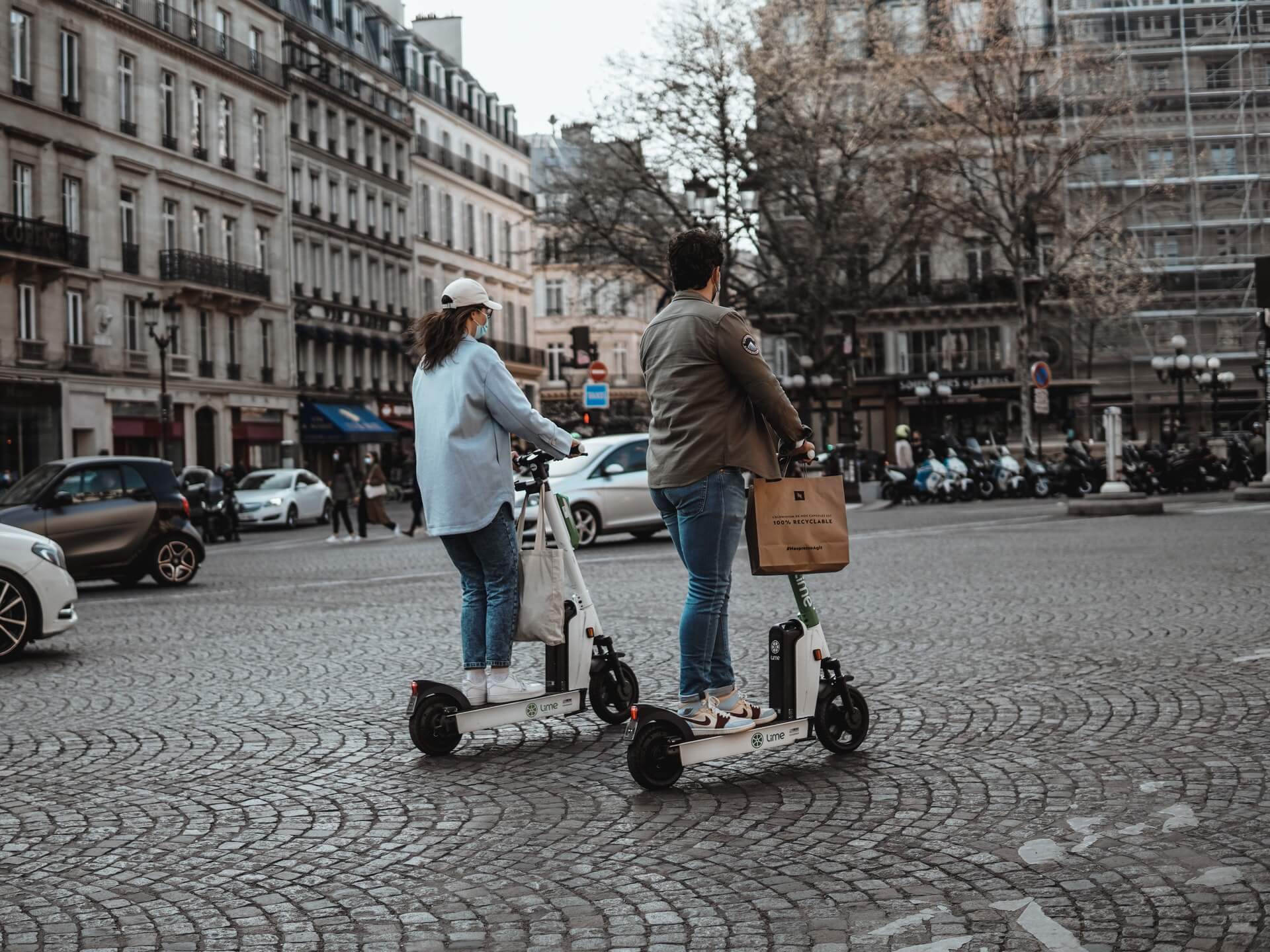I have seen the future of urban life and it wasn’t quite what I expected. It was whizzing all around me in New York City on a recent visit.
My wife and I were there to do that most Christmassy of things: See Radio City Music Hall’s Christmas Spectacular starring the Rockettes. It is great and you should see it if you can, but it isn’t what bowled me over.
What bowled me over figuratively and a couple of times almost literally was the new urban mobility.
I saw the future of city transportation, dashing all around me every time I ventured to cross a street. Like cities the world over, New York has installed bicycle lanes, but they have been taken over by what might be described as Space Age people-movers in astounding configurations.
These denizens of the new mobility hurtled by on electric bicycles, electric unicycles, electric skateboards, electric, gyroscopic one-wheeled skateboards, and, of course, those ubiquitous electric scooters. I didn’t think it was the end of civilization as I have known it. Instead, I longed to be a good deal younger so I, too, could join the transportation revolution.
You may not like this new order, and almost certainly if you are over 50, you’re not ready for it. However, it is here, it is happening, and it is the first exciting thing in cities, perhaps since traffic lights.
The future of urban transportation isn’t what supporters of public transit, such as myself, have been advocating for decades: More buses and trains.
City visionaries, like Scott Sellars, city manager of Kyle, Texas, a small but rapidly growing city of 60,000 located between Austin and San Antonio, are looking beyond what they call “destination public transportation” to new ways of moving people or, more exactly, new ways of letting people move themselves.
Kyle has made the bold decision that the future of city transportation belongs not to buses and trains, but rather to ride-sharing companies. It has contracted for Uber to become the city’s main public transportation mode. Sellars explained the concept on Digital 360, a Texas State University weekly webinar on which I am a regular panelist.
Sellars told me Kyle has a subsidized contract with Uber to take care of those unable to afford its fares. Residents qualifying for assistance get a voucher and an app on their cell phones and can make any local journey for a standard $3.14. There are even vouchers for the unbanked. But there isn’t a way yet to use the service if you don’t have a cell phone or access to one.
To avoid having to take lanes away from cars, Kyle has been able to build an alternative system called the Vybe, which is 12-feet-wide and can accommodate all people-movers, including golf carts, bicycles, and all those electric-powered wheels which are now running around New York. There are charging stations for golf carts and other electric transporters on the Vybe. The Vybe runs most places people might want to go and doubles as a right of way for utilities of all kinds.
While many of us have thought the smart cities were going to be about super-electric connectivity, few of us realized the first tranche of city smartness would come with new forms of transportation, usurping or challenging the car, bus, and train.
The transportation revolution isn’t confined to the surface of cities. Elon Musk’s Boring Company continues to plow ahead with fast, subterranean tunnels, now being implemented in Las Vegas and studied in Los Angeles, Miami, and many other cities.
Look up, too. There is a profusion of companies working on drone-like, urban sky taxis which will whip you from your home to an airport or office tower.
Above the ground, on the ground, and under the ground, urban mobility is itself on the move. Hold onto your hat.

 Follow
Follow
Leave a Reply